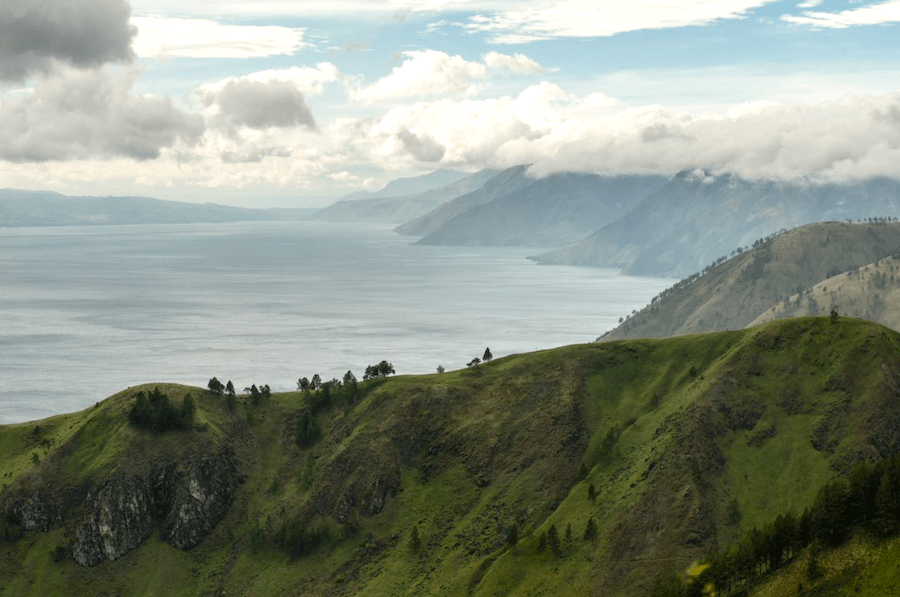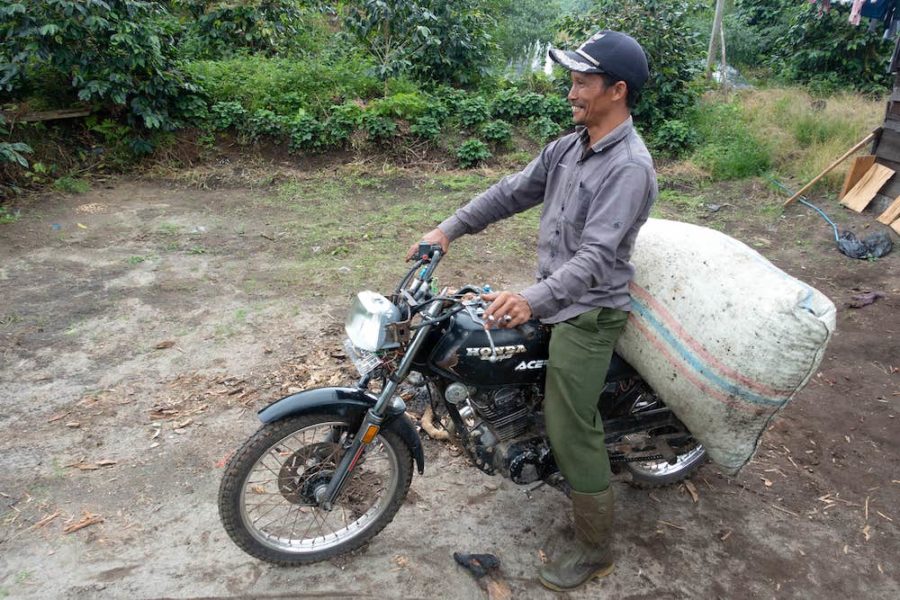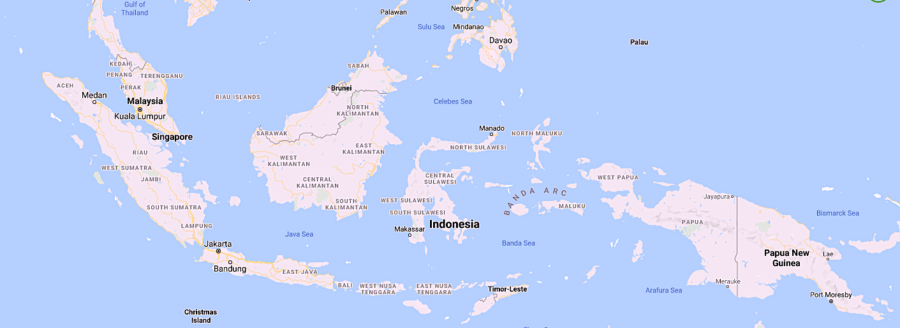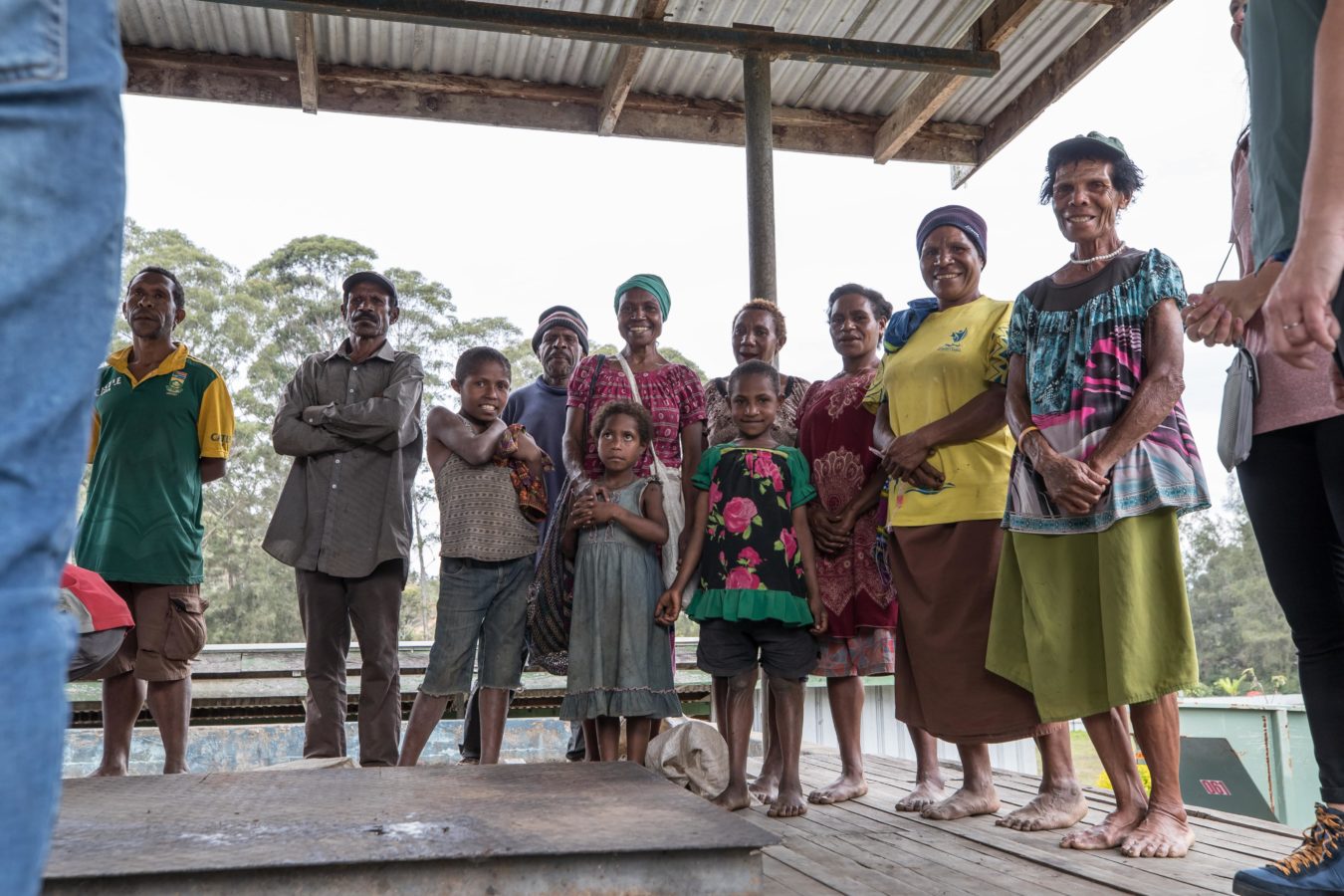In Java, Sumatra, Sulawesi and Papua New Guinea, coffees that have long benefited from volcanic soils and tropical climates are now further flourishing under a passionate and growing attention to cup quality.
Indonesia
Indonesia's coffees have long been prized for a particular cup profile—a delicate acidity, creamy body and flavors from chocolate and red fruit to earthy, herbal, umami and sweet tobacco—that primarily results from the country’s most popular processing method, giling basah. Or, wet hulled in the Bahasa language.
In other coffee origins, washed coffees are dried to a moisture level of 10 to 12 percent before they’re sent to a warehouse to rest. With giling basah, cherries are de-pulped, washed, fermented overnight and then dried until the in-bean moisture level falls to 50 percent. They’re then hulled and bagged and sent to rest—another unique aspect, as elsewhere, hulling more typically takes places just before shipping to the port.
Add to this classic profile a new generation of coffee producers with ideas of their own, and projects pairing agronomists with producers to help increase crop yields and the sophistication of cup profiles, and you have the broadest strokes of Indonesia’s current coffee landscape. We’re delighted to offer, for example, Sumatra Kerinci Honey, produced by Agrotropic, and Sumatra Organic from Mahara—a new cooperative with a young, excited and quality-obsessed leadership team that Kayd Whalen got to know last year in Aceh.
Generally speaking, Mandheling coffees are celebrated for their rich, creamy bodies, Javas for their warm chocolate notes and Lintongs for their brightness. And because Sumatra, Java and Sulawesi—3 of Indonesia’s more than 13,000 islands—have distinctive microclimates and altitudes, they collectively create a harvest period spanning from May to December. Currently, there are some great deals to be had!
Papua New Guinea
While many roasters know exactly what they’d like from Indonesia, expectations from Papua New Guinea—Indonesia’s neighbor to the east—are changing along with this developing coffee origin. Historically, PNG coffees have been an inexpensive way to add the prized elements of an East Africa coffee (great acidity, good body and red fruit, black currant and milk chocolate notes) to a blend.
As Kayd saw firsthand in August, visiting mills in PNG and cupping extensively with our colleagues at New Guinea Highlands, production practices and attention to quality have sharpened dramatically in recent years (one mill is already using raised beds), and every cup quality is now available from this fascinating origin.
In addition to our classic Mile High A and Arokara blends, we’re thrilled to offer new “cooperative” and single-estate lots that have had us swooning at the cupping table, including the 91-hectare Amuliba Estate (vanilla, custard, floral); Kigabah Estate, from one of the last remaining foreign-owned estates (caramel, milk chocolate, citrus); and Plantation Peaberry, which for this shipment comes entirely from the Kuang Mill (butterscotch, toast, lemon).
We hope you’ll request samples, chat up traders, get to know these coffees, visit for a cupping if you live near one of our offices, and find truly the perfect coffees for you and your business. •




